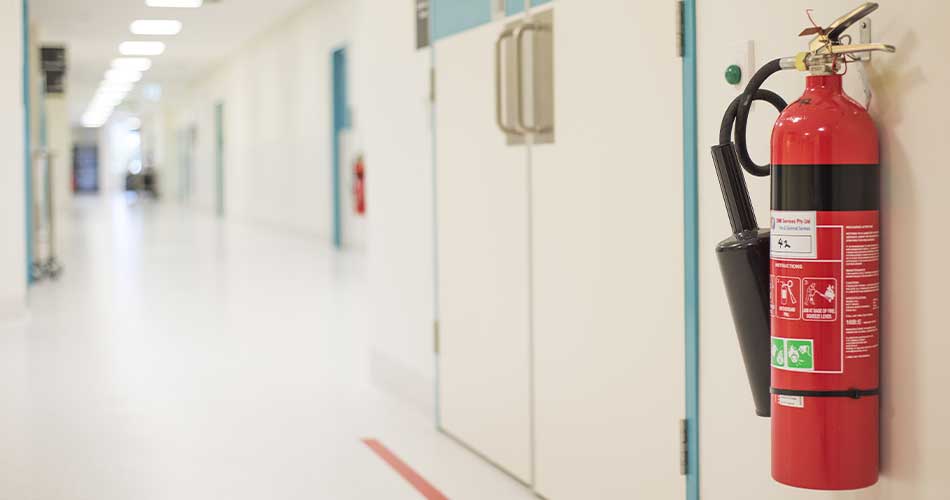By Kyra Sheahan
Incident Reporting Procedures
Reporting is an essential part of workplace safety procedures. You will not be able to regulate safety hazards in the workplace if accidents, injuries and safety threats are not brought to your attention. Incidents that are reported should be investigated for the cause of the incident, and the company should come up with solutions for making the environment safer to prevent reoccurrences.
Create a reporting procedure that is easy for employees to follow. The procedure should outline what types of incidents are reportable and who to send the incident reports within the company. Provide a standardized safety reporting form to accompany the procedure. Employees will use this form to fill out their incident report.
Fire Safety Procedures
OSHA requires employers to abide by particular fire safety procedures, such as maintaining smoke detectors and fire alarms that function properly; ensuring that aisles, passageways, and escape routes are not blocked or obstructed and seeing to it that emergency exits are clearly identified in the building.
Your company’s fire safety procedure should list items that are considered hazardous, reportable and prohibited. For instance, exposed electrical wires, flammable chemicals, and personal electrical devices, including space heaters, have the potential to overheat and catch on fire, so these items might be on the hazards list.
Security Procedures
Security procedures have to do with keeping employees safe from burglaries, violence, break-ins and other criminal behaviors. Such procedures require employees to abide by certain safety precautions. For instance, employees should not let strangers wander through the office unattended, the building doors should remain locked during non-work hours and suspicious behaviors should be reported promptly. In addition, employees should never give anyone outside of work their keys to the building, or any access codes.
Good Housekeeping
Your company will not reach its maximum safety potential if good housekeeping efforts are not practiced. Good housekeeping procedures include addressing slip-and-fall hazards by mopping up spills and leaks immediately after they happen. According to the Bureau of Labor Statistics, in 2008 there were a reported total of 680 occupational falls that resulted in fatalities.
Good housekeeping also keeps employees healthy. You can avoid the spread of infectious diseases by creating a procedure for cleaning and disinfecting common areas, including break rooms. Following these important workplace safety procedures will ensure your business and your employees are secure.

